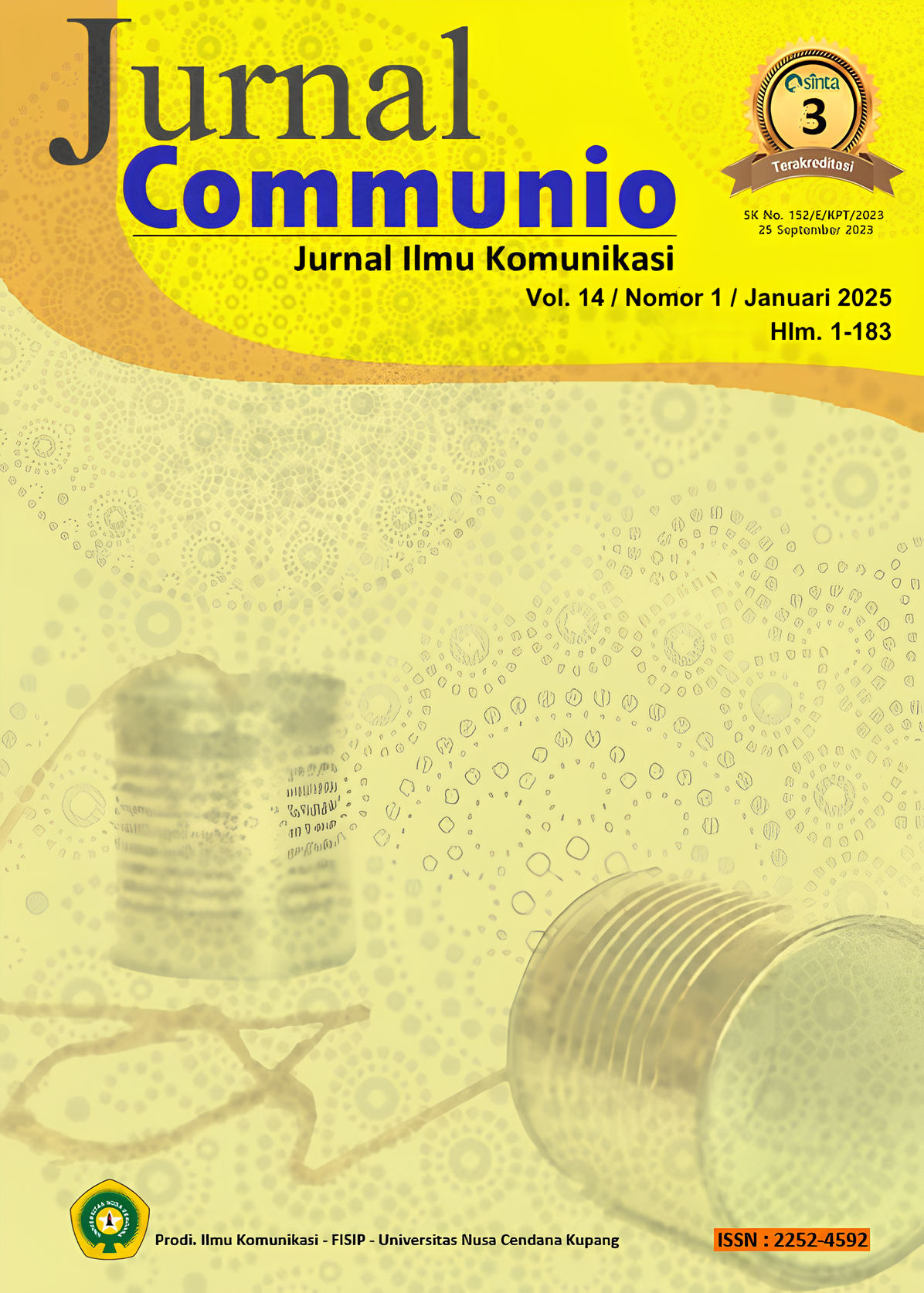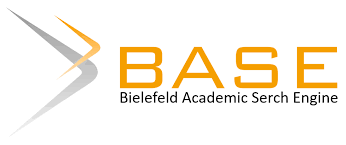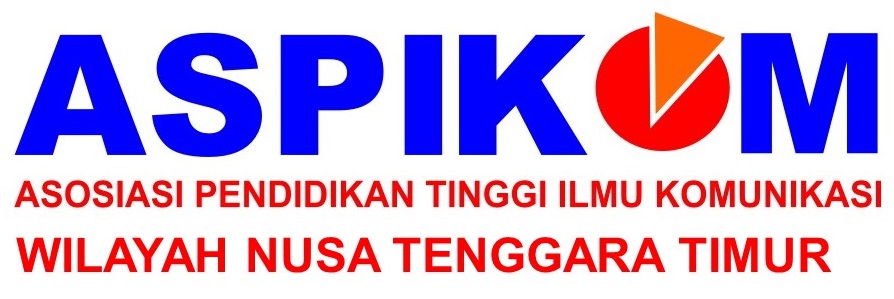Analysis of Tiktok @Pandawaragroup Social Media Content as Educational Content Environment
Abstract
The Pandawara Group is a group of young people from Bandung who have gained popularity on the social media platform Tiktok for their content focused on cleanliness. They aim to educate and encourage the public to be more aware of environmental cleanliness. This research seeks to examine how the TikTok content of @Pandawaragroup, posted between September 1 and 29, 2023, serves as environmental education using environmental communication theory. The indicators used in this study are the dimensions of environmental education: knowledge, attitude, and behavior. The research employs a quantitative approach with content analysis, using video as the unit of analysis, which includes 33 texts, 46 images, and 22 audio elements. Two individuals performed coding to ensure objective results. The data obtained were analyzed descriptively and presented in the form of frequency and percentage tables. Additionally, the agreement between coders was calculated using Holsti’s formula, and reliability was assessed using Scott’s formula. The results show that the TikTok content of @Pandawaragroup contains environmental education elements, with text posts at 90.90%, images at 93.47%, and audio at 86.36%. Reliability testing indicates the highest reliability values were found in audio, text, and image units. Based on these findings, the study concludes that the TikTok content of @Pandawaragroup can be characterized as environmental education content.
Copyright (c) 2025 Mutiara Dwi Lestari, Lusia Handayani, Vina Mahdalena

This work is licensed under a Creative Commons Attribution-NonCommercial-ShareAlike 4.0 International License.












 The articles in Jurnal Communio are licensed under a
The articles in Jurnal Communio are licensed under a 